Europe’s centre of excellence for satellite operations
As Europe’s centre of excellence for satellite operations, ESOC is home to the engineering teams that control spacecraft in orbit, manage our global tracking station network, and design and build the systems on the ground that support missions in space.
Today, about two dozen satellites are flown from ESOC, with three more flown from ESA’s European Space Security and Education Centre at Redu, Belgium.
These include ESA’s planetary, astronomy and exploration missions, ‘Earth Explorer’ Earth observation missions and technology demonstration missions. They also include the Sentinels, a fleet of spacecraft flown by ESA as part of Europe’s Copernicus programme – the world’s most ambitions Earth observation programme.
A dozen future missions are now in active planning with others under study.
In addition to its core business of satellite operations, ESOC serves as a ‘European Centre of Excellence’ across a number of related domains.
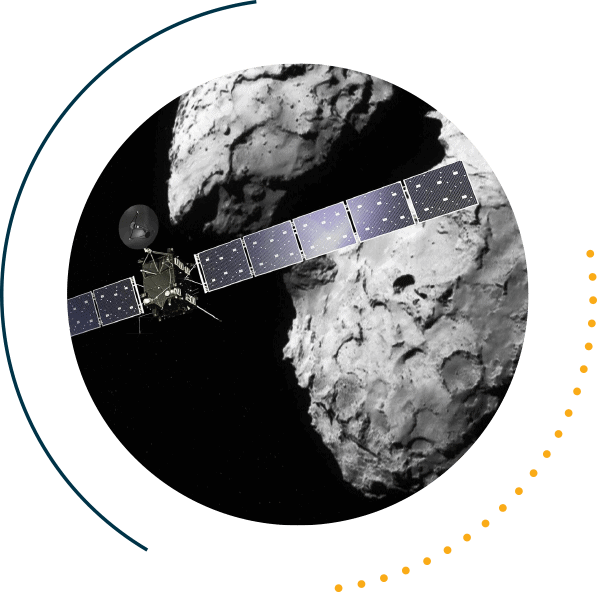
Spacecraft Operations
ESOC engineers assume control of a new spacecraft just after lift-off, during the
critical Launch and Early Orbit Phase (LEOP). They work around the clock to activate
crucial onboard systems and ensure the spacecraft’s health in the extreme environment
of space.
Flight operations teams maintain real-time contact with missions near Earth,
orbiting at the Sun-Earth Lagrange points or voyaging far across our Solar
System.
Operations from specialised control rooms continue 24 hours a day,
year-round throughout a satellite’s life, until the mission’s completion and its safe
disposal in a ‘graveyard’ or re-entry orbit.
ESOC experts have recovered numerous satellites that experienced unforeseen launcher problems or technical failures in orbit. These efforts have included recoveries of Galileo satellites, ESA’s own XMM-Newton X-ray observatory and, more recently, the recovery of Integral and ad hoc support provided to commercial cubesat operators. When a multi-million-Euro mission is suddenly at risk, experts from ESOC are often the ones who save the day.
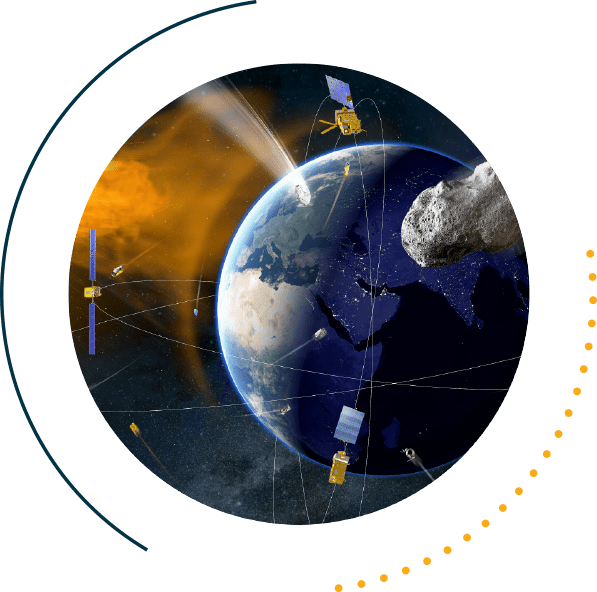
Space Safety
ESA’s Space Safety activities aim at mitigating and preventing the effects of hazards from space, protecting our Pale Blue Dot, its inhabitants, and the vital infrastructure − like satellites in orbit and power grids on the ground − on which we have become so dependent.
They also aim to help ensure Europe’s cyber resilience and enhance Europe’s civil capacity for secure communication, rapid reaction Earth observation services and disaster management.
While ESA’s Space Safety efforts take place across the Agency, ESOC is the ‘home base’ for the teams focussing on space debris, space weather and asteroid threat assessment.
They are organised along three main activities:

Flight Dynamics
Flight dynamics experts at ESOC work on every ESA mission, from those in very low orbits, like Swarm and CryoSat, to those exploring the depths of our Solar System, like Rosetta.The experts work with data from ground-based tracking stations and from the spacecraft themselves to determine trajectories and orientations and prepare orbit manoeuvres and then feed this information back to the spacecraft operations teams who ‘fly’ the missions.
They are involved from the first steps of a mission’s concept to the last command sent to the spacecraft.
Flight dynamics data are processed by a ‘team of teams’ – with separate groups dedicated to Earth-orbiting missions and deep-space missions. The split between them is conveniently defined as ‘those this side of the Moon’ and ‘the rest’.
Every satellite mission has strict requirements. For a typical Earth observation mission, for example, flight dynamics experts ensure that the satellite flies through an imaginary tube with a diameter of only 120 metres as it circles Earth at 7.45 kilometres per second.
For a spacecraft intended to orbit another planet, such as Mars or Venus, the flight dynamics team have to determine exactly when, in what direction and for how long to fire the engine to safely enter the desired orbit.
This demands highly precise, analytical work in which every calculation is double-checked by an independent group to ensure its correctness and accuracy.
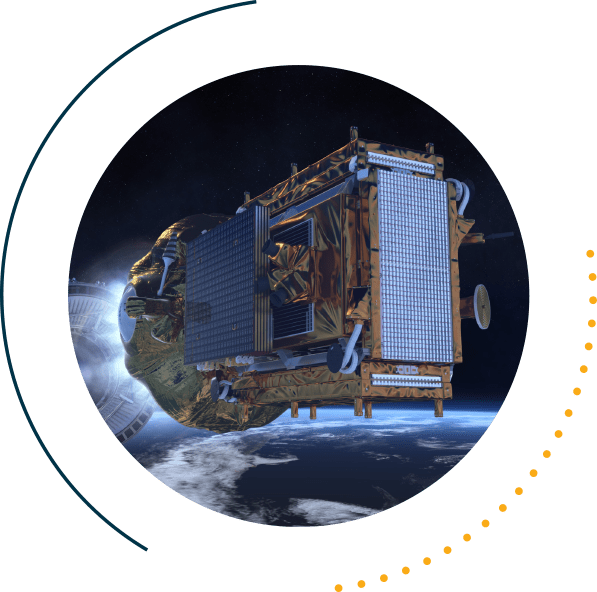
Mission Analysis
ESOC’s mission analysis team plans and selects the best possible orbits, launch trajectories and launch windows for a spacecraft mission.
The experts perform a detailed mathematical assessment of the satellite’s potential orbits, while experts in flight dynamics calculate the satellite’s real-time position, speed and orientation in space.
In doing so, the mission analysis team helps determine how best to fulfil a mission’s science objectives given its fuel allowance, achievable orbits, launch-vehicle capacity, available ground stations, operational complexity and expected lifetime.
Mission analysis is performed with the aid of advanced methods in celestial mechanics, applied mathematics and control and estimation theory. Powerful workstations and a suite of sophisticated software tools allow in-depth analysis of all aspects of orbits and trajectories.
To support this work, animated graphic visualisations of particular regions of space are used, including Earth’s magnetosphere and radiation belts. It is also important to visualise the dynamic 3D relationships between the spacecraft, Earth, Moon, the Sun, the planets and asteroids.
Before the satellite is even built, teams at ESOC formulate its operations concept. This defines the overall scenario for daily operation and control of the satellite and its payload. It describes who will do what and how and when it should happen, throughout the life of the mission.
This is used to help define the working requirements for both the ground segment and the spacecraft, helping ensure that the ‘end-to-end’ space-to-ground system can achieve the mission’s objectives.
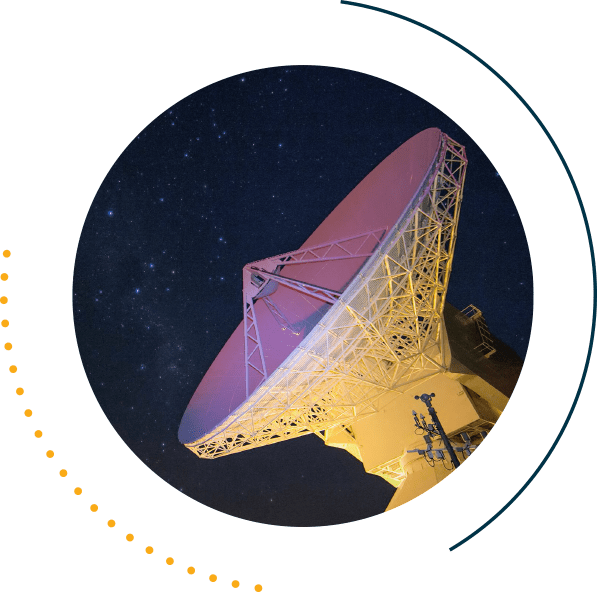
Estrack: Europe’s tracking network
ESA’s tracking station network – Estrack – is a global system of ground stations providing communication links between spacecraft and ESOC.
The essential task of all ESA ground-based space-tracking stations is to communicate with spacecraft, transmitting commands and receiving scientific data and spacecraft status information.
Our technically advanced stations can track spacecraft almost anywhere – circling Earth, watching the Sun, orbiting at the scientifically crucial Sun-Earth Lagrange points or voyaging deep into our Solar System.
ESOC is also working with European industry to develop a new commercial capacity in Europe to provide deep-space tracking services, with future cis-lunar missions being the most likely initial applications.
Visit our EstrackNOW portal and find out exactly which spacecraft are communicating with which ground antennas at any moment. Or visit ESA Ground Stations Live to see images from our live webcams across the Estrack network and explore the impressive dishes and antennas around the globe that gather information returned from space and send commands across the Solar System direct from mission control around the clock.

Space Software Development
Without sophisticated software, it would be impossible to operate a modern space mission. ESA’s Data Systems team are responsible for mission operations system design and technology evolution, with the resulting software systems supporting diverse programmes from Galileo, to human spaceflight, to Space Safety. These complex software systems are used to carry out mission monitoring & control, planning, simulations, data analysis, archiving and distribution, ground station monitoring & control, as well as several other functions.
The team responds to, and anticipates, the needs of current and future ESA programmes. In partnership with industry, it designs, develops and maintains some of Europe’s leading mission operations and control system software. Current developments include EGOS-CC and SIMULUS-NG, which are progressively replacing the well-known and successful MICONYS (focussed around SCOS-2000) and SIMSAT, as well as many other platforms and tools.
This large portfolio of mission-proven and operationally trusted software is provided to any European organisation under license, thus enabling European industrial competitiveness on the global market.
In recent years, software, data systems and tools originally developed by ESA for controlling missions have enjoyed increasing adoption by other industries, including airlines, telecom operators and other government agencies.
The team works with partner agencies, private industry and international organisations to advance the state of European space technology and help boost industrial competitiveness. In cooperation with NASA, European space agencies and other international partners, ESOC supports technical standardisation in several areas, fostering agency interoperability and helping reduce costs for the entire space community.
The experts work in three functional areas: Infrastructure Data Systems (software platforms and generic mission tools), Mission Data Systems (mission-dedicated software systems that extend the generic software with specific adaptations for individual missions or mission families), and Service Data Centres (coordinated data systems to process space and ground information to offer services to selected communities, as in the case of the Space Surveillance & Tracking, Space Weather and Near-Earth Objects).
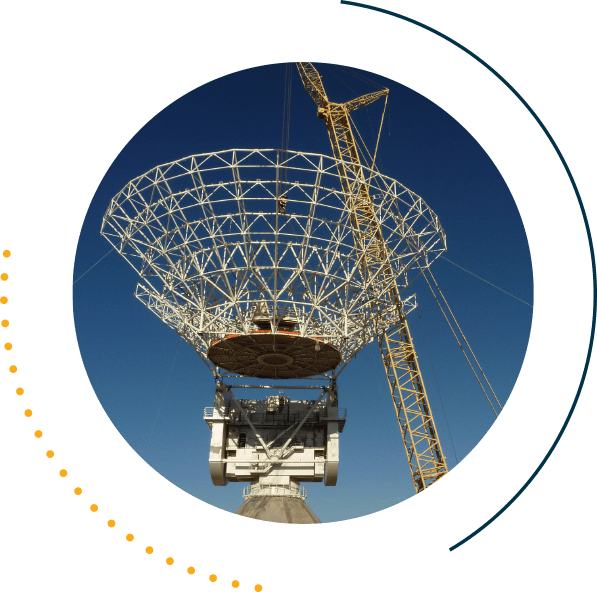
Ground Systems Engineering
The Ground Systems Engineering team designs, builds and upgrades tracking stations on Earth that provide critical communication links to human and robotic space missions.
ESA ground stations offer excellent accuracy and can detect faint signals from spacecraft billions of kilometres away. ESA makes Estrack stations available for cooperative missions with international partners, including NASA, JAXA, Russia, China, India and European national space agencies.
The team ensures that ESA’s Estrack network can provide cost-effective, accurate and on-time space communication solutions.
These include sending telecommands to robotic and crewed spacecraft, receiving scientific data and telemetry from missions and supporting navigation, time synchronisation and radio science.
The network uses cutting-edge technology including high-precision pointing antennas, multi-frequency radio reception and transmission, cryogenically cooled low-noise amplifiers, high-power uplink amplifiers and highly sensitive receivers for telemetry reception, telecommand generation and radiometric measurements, to provide the most accurate possible tracking for spacecraft mission billions of kilometres away in deep space.
The latest system designs focus on optical space-to-ground communication solutions. These aim to provide ten times higher data return compared to similar radio-frequency technology.
Our experts also offer consultancy services within the domain of space communication.
Finally, the team supports ESA’s involvement in setting European and international technical standards. Among other benefits, these allow ESA ground stations to track missions flown by other agencies – such as NASA or European national agencies – and vice versa. This is critical for fostering future cooperative missions at destinations such as the Moon or Mars.
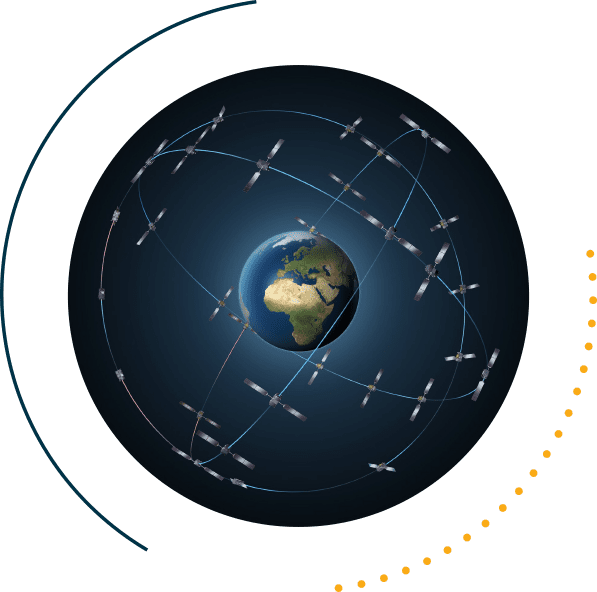
Navigation Support Office
Located at ESOC, ESA’s Navigation Support Office is the Agency’s centre of
expertise for the precise calculation and prediction of satellite orbits.
The core service of the Office is calculating and predicting highly
accurate GPS, Galileo and Glonass satellite orbits, in near-real time, every six
hours, around the clock. These data are then used to improve GPS position accuracy,
paving the way to even more sophisticated applications, such as scientific studies,
large-scale climate monitoring and tracking of long-term changes in Earth’s
geology.
The office contributes to ESA missions, third-party activities and
Europe’s flagship navigation satellite programmes. It provides expertise for
high-accuracy navigation and satellite geodesy, generates navigation products and
services for all ESA missions and for external customers, and supports the European
GNSS Programmes: Galileo and EGNOS.
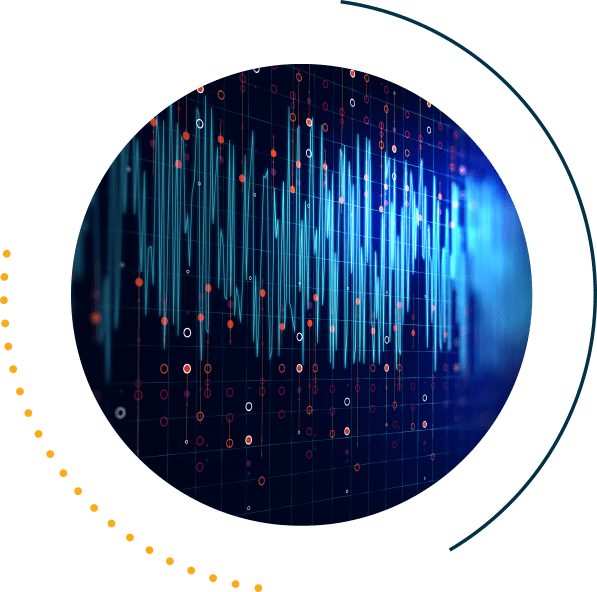
Frequency Management
The spectrum of radio frequencies used to communicate with satellites is a finite commodity.
Modern life is made possible by the use of electromagnetic waves of frequencies between 30 Hertz and 300 billion Hertz (300 GHertz). Mobile phones, space missions, television and radio broadcasting, aeronautics, shipping and navigation all rely on sending and receiving these far-reaching radio waves.
To prevent interference between different signals, the generation and use of radio waves is strictly regulated.
However, this natural resource has become more and more scarce as we rely on radio frequencies for so much of our lives. The growing difficulties in frequency management fall into two categories: competition for spectrum within the space science services, and competition for spectrum from other services.
In a nutshell, frequency management involves minimising the implications of this problem for the users of satellites.
For decades, ESA has served as permanent executive secretary of the Space Frequency Coordination Group (SFCG), a technical body charged with coordinating and managing the radio waves used for communication, without which no space mission could succeed, by all space-faring organisations.
For 40 years, the SFCG has worked to ensure that radio frequencies are wisely and fairly used – work that is far more important than the committee’s technical name might suggest.
“The SFCG was started by ESA and the French space agency 40 years ago, and is one of the most mature and longest-running examples of international cooperation in space.” – Enrico Vassallo, Head of ESA’s Frequency Management Office.